Home>Interior Design>Living Room Trimwork Ideas
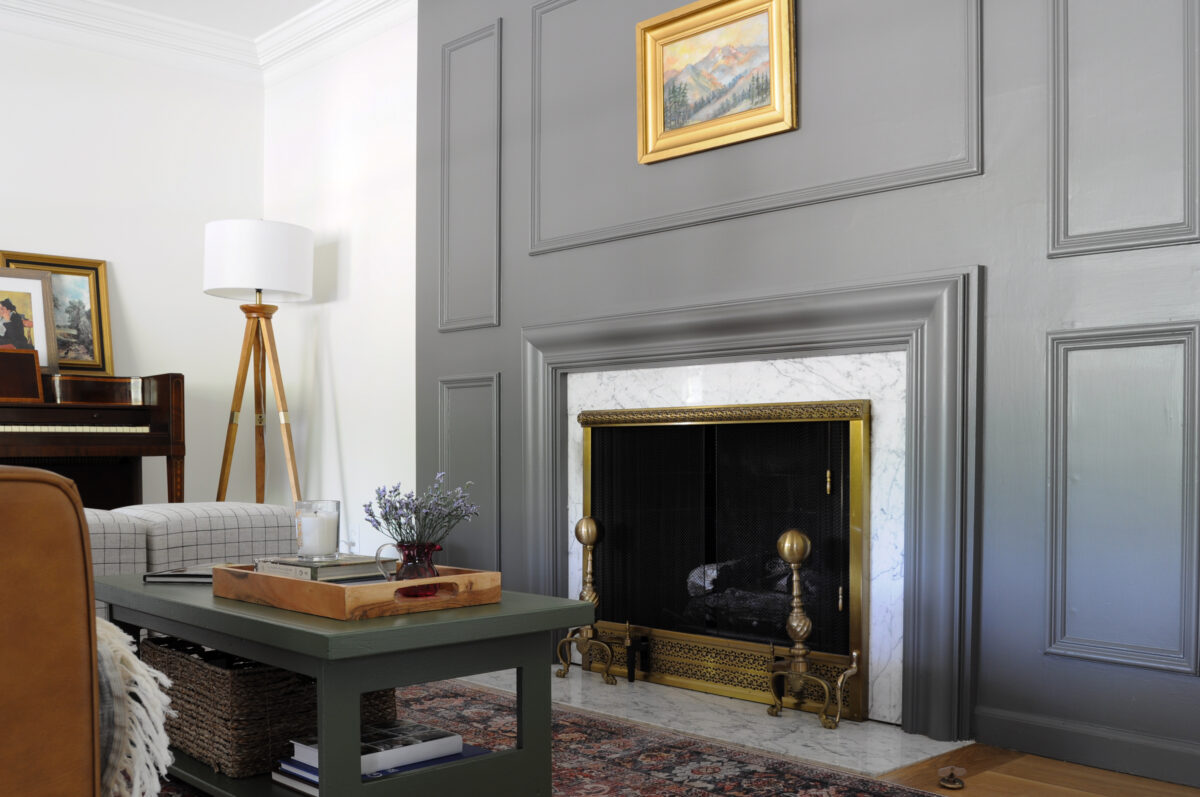

Interior Design
Living Room Trimwork Ideas
Modified: January 19, 2024
Transform your living room with stunning interior design trimwork ideas and add a touch of elegance to your space. Discover creative ways to enhance your walls and ceilings.
(Many of the links in this article redirect to a specific reviewed product. Your purchase of these products through affiliate links helps to generate commission for Storables.com, at no extra cost. Learn more)
Introduction
Welcome to our comprehensive guide on living room trimwork ideas! When it comes to interior design, attention to detail can make all the difference in creating a stunning and cohesive space. One often overlooked element that can have a significant impact on the overall aesthetic of a room is trimwork.
Trimwork refers to the decorative molding, millwork, and architectural details that are used to enhance the walls, ceilings, windows, and doors in a space. It not only adds a touch of elegance and sophistication but also serves functional purposes, such as covering gaps and transitions between different surfaces.
In this article, we will explore various trimwork ideas specifically for the living room, which is often one of the most frequently used and showcased areas of a home. From crown molding to picture rails, we will delve into the different types of trimwork and how they can transform your living room into a visually stunning and inviting space.
So, whether you’re looking to add charm to a traditional living room or create a modern and sleek aesthetic, let’s dive into the world of living room trimwork and discover which ideas may suit your style and preferences!
Key Takeaways:
- Elevate your living room with timeless trimwork options such as crown molding, wainscoting, and chair rails, adding elegance and character while protecting walls and creating visual interest.
- From window trim to fireplace surrounds, each element of trimwork contributes to the overall aesthetic and functionality of your living room, offering endless possibilities for customization and personalization.
Read more: How To Paint Living Room
Crown Molding
Crown molding is one of the most popular and classic trimwork choices for living rooms. It is a decorative trim that is installed along the seam where the walls meet the ceiling, adding an elegant and finished look to the space.
Crown molding comes in a variety of styles, from simple and streamlined to ornate and intricate. The choice of crown molding largely depends on the overall aesthetic of your living room. For a traditional or formal style, you might opt for a more detailed design with curves and embellishments. On the other hand, if your living room has a modern or contemporary vibe, a sleek and minimalistic crown molding can complement the space.
Aside from enhancing the aesthetics, crown molding also has the advantage of making your living room appear larger and more spacious. By adding visual interest to the top of the walls, crown molding draws the eyes upward, creating an illusion of height.
Installing crown molding can be a DIY project with the right tools and materials. However, it can be a bit challenging for those with limited DIY experience. In such cases, it’s recommended to hire a professional carpenter or contractor who can ensure a seamless installation.
When selecting crown molding, it’s important to consider the size and scale of your living room. For smaller rooms with lower ceilings, a slimmer profile crown molding may be more appropriate to avoid overwhelming the space. Conversely, in larger living rooms with higher ceilings, you can opt for wider and more elaborate crown molding to add grandeur and drama.
When it comes to color, crown molding is commonly painted in a shade that complements or matches the ceiling color. However, for a pop of contrast or to highlight the molding, you can also paint it in a different color, such as white against a colored ceiling or vice versa.
Overall, crown molding is a timeless and versatile option for living room trimwork. Its ability to elevate the space and create a seamless transition between the walls and ceiling makes it a go-to choice for many homeowners looking to add a touch of sophistication to their living rooms.
Baseboards
Baseboards are an essential element of trimwork that are often overlooked but play a significant role in the overall look and feel of a living room. Installed at the bottom of walls, baseboards serve both aesthetic and practical purposes.
From a design perspective, baseboards can add a finishing touch to the room, creating a clean and polished look. They can also help visually anchor the walls, especially in larger living rooms, providing a sense of balance and definition.
Baseboards are available in a range of styles and sizes, allowing you to choose the one that best suits your living room’s overall design theme. Simple, streamlined baseboards are popular for modern and minimalist spaces, while more ornate and detailed styles are often chosen for traditional or classical interiors.
When it comes to the height of baseboards, it’s important to consider the proportions of your living room. Generally, taller baseboards tend to make the ceiling appear higher, creating the illusion of a larger space. However, if your living room has low ceilings, opting for taller baseboards may not be the best choice as they can make the room feel cramped. In such cases, shorter baseboards are recommended.
Baseboards also serve a functional purpose. They help protect the bottom of the walls from damage due to foot traffic, vacuuming, and furniture moving. They can also hide wiring or flooring gaps along the wall edges, providing a neater and more finished appearance.
Installation of baseboards can be done as a DIY project with the right tools and materials. However, if you are not comfortable with carpentry work or require precise cuts, it is advisable to seek the assistance of a professional.
Baseboards are typically painted with a similar color to the walls for a seamless and cohesive look. However, you can also opt for contrasting colors to create visual interest and highlight the baseboards as a design feature. Consider the color palette and style of your living room when deciding on the best baseboard color.
Overall, baseboards are an essential component of living room trimwork. They add a finishing touch to the walls, provide a sense of balance, and offer protection. Whether you choose a simple or ornate style, baseboards can elevate the overall look and feel of your living room.
Wainscoting
Wainscoting is a popular trimwork option that can add a touch of elegance and sophistication to your living room. It is a decorative paneling that is installed on the lower half of the walls, typically covering the area from the floor to about chair rail height.
One of the main benefits of wainscoting is its ability to add texture and visual interest to the walls. It can break up large expanses of empty space and create a sense of depth and dimension in the living room. Wainscoting comes in various styles, such as raised panels, beadboard, or flat panels, allowing you to choose the design that best complements your overall decor theme.
Wainscoting is not only aesthetically pleasing but also practical. It helps protect the walls from scuffs, stains, and damage caused by everyday wear and tear, especially in high-traffic areas. This makes it an ideal choice for living rooms that are frequently used for entertaining, family gatherings, or as a place for children to play.
When it comes to selecting the height of the wainscoting, it depends on your personal preference and the overall style of your living room. The standard height for wainscoting is typically around one-third of the total wall height. However, you can customize the height to achieve the desired visual effect. Higher wainscoting can create a more formal and dramatic look, while lower wainscoting can add a subtle and cozy feel.
When choosing the color and finish of the wainscoting, it’s important to consider the overall color scheme and style of your living room. Painted wainscoting in a contrasting color can create a bold and eye-catching look, while using the same color as the walls can lend a more subtle and cohesive appearance. Additionally, you can choose to paint or stain the wainscoting to match the existing trimwork or furniture in the room.
Installation of wainscoting can be a more involved process compared to other types of trimwork. It typically involves measuring, cutting, and securing the panels to the walls. It is recommended to hire a professional carpenter or contractor who specializes in wainscoting installation to ensure precise and seamless results.
Overall, wainscoting can add character and charm to your living room. Whether you prefer a traditional, transitional, or modern style, the addition of wainscoting can elevate the overall aesthetic of the space and give it a timeless appeal.
Chair Rails
Chair rails are a type of trimwork that serves both functional and decorative purposes in the living room. Installed horizontally on the walls, typically at a height of about 30 inches from the floor, chair rails can add visual interest and protect the walls from furniture scratches and marks.
Chair rails are available in various materials, such as wood, composite, and even metal. They come in a range of styles, from simple and streamlined to more ornate and detailed designs, allowing you to choose the one that complements your living room’s overall aesthetic.
Aside from their practical function, chair rails can also add a touch of sophistication and elegance to your living room. They can visually divide the walls into two distinct sections, creating a sense of balance and proportion. Chair rails can help break up the monotony of a large wall, especially in rooms with high ceilings, by adding a horizontal visual element.
When it comes to selecting the height of the chair rail, it depends on personal preference and the proportions of your living room. The standard height is around 30 inches from the floor, which is approximately the height of a chair back. However, you can adjust the height based on the size of your living room and the desired visual effect. Higher chair rails can add a more formal and grand look, while lower chair rails can create a cozy and intimate feel.
When choosing the color and finish of the chair rail, you have several options. Chair rails are usually painted in the same color as the trimwork or a contrasting color to create a visual impact. You can also choose to stain the chair rail if it is made of wood, allowing the natural beauty of the grain to shine through.
Installation of chair rails can be a DIY project if you have basic carpentry skills and the necessary tools. However, if you are unsure or want a seamless and professional look, it is recommended to hire a qualified contractor or carpenter.
Overall, chair rails are a versatile trimwork option that can enhance the aesthetic appeal of your living room. They provide a functional and decorative element that adds visual interest and protects the walls. Whether you choose a simple or ornate design, chair rails can be a captivating addition to your living room’s overall design.
Read more: How To Measure A Living Room
Ceiling Beams
Ceiling beams are a stunning and eye-catching addition to living rooms, adding character and architectural interest to the space. While originally used for structural purposes, ceiling beams are now often incorporated as a decorative element, even in homes without load-bearing requirements.
Ceiling beams are typically made from a variety of materials, including wood, faux wood, or even metal, depending on the desired aesthetic and budget. They can be installed in different patterns and configurations, such as exposed beams crossing the ceiling or beams running parallel to each other.
One of the key advantages of ceiling beams is the visual impact they create. They can instantly add depth and dimension to a living room, making the ceiling appear higher and the space larger. Ceiling beams also bring a sense of warmth and character, creating a cozy and inviting atmosphere.
When it comes to selecting the style of ceiling beams, it depends on the overall design theme of your living room. For a rustic or farmhouse-inspired space, wooden beams with a distressed or reclaimed look can add a touch of authenticity. On the other hand, sleek and modern living rooms can benefit from sleek metal or faux-wood beams that provide a contemporary and minimalist appeal.
Installing ceiling beams can be a more involved process compared to other trimwork options. It is recommended to consult a professional contractor or carpenter for guidance, as they will ensure proper installation and structural integrity. The beams need to be securely attached to the ceiling, taking into account the weight and load distribution.
In terms of color, ceiling beams can be left natural for a warm and organic look. However, they can also be stained or painted to match or contrast with the overall color scheme of the living room. Staining enhances the natural beauty of the wood grain, while painting can create a bold statement or blend in seamlessly with the ceiling.
Ceiling beams can be incorporated in various living room styles, from traditional to modern, as they add visual interest and architectural detail. Whether you choose to install real wooden beams or opt for a more budget-friendly faux alternative, ceiling beams can transform your living room into a space with timeless charm and character.
Consider using crown molding to add a touch of elegance to your living room. It can help define the space and add visual interest to the room’s architecture.
Picture Rails
Picture rails are a creative and versatile trimwork option that allows you to display artwork and photographs without the need for drilling holes in the walls. These horizontal rails are typically installed at a height along the walls, allowing you to hang and rearrange artwork with ease.
One of the key advantages of picture rails is their flexibility. Instead of committing to permanent wall fixtures or constantly rearranging nail holes, picture rails provide a convenient and adjustable solution. Simply hang your pictures or artwork from hooks or wire attached to the rail, making it easy to change the display or add new pieces whenever you like.
Picture rails are not only functional but also add a decorative element to the living room. They come in various styles, from minimalistic and streamlined to more ornate and intricate designs. You can choose a picture rail that matches your living room’s overall aesthetic, serving as an additional detail to enhance the room’s character.
When selecting the height for the picture rail, consider the size and scale of your living room, as well as the height of your artwork. Typically, picture rails are installed a few inches below the ceiling, allowing for flexibility in hanging different sizes of art pieces. This placement also draws the eyes upward, creating a sense of height and spaciousness in the room.
When it comes to color and finish, picture rails are typically painted to match the rest of the trimwork or the walls for a cohesive look. However, you can also choose a contrasting color to make the picture rail stand out as a design feature.
Installation of picture rails can be a DIY project for those with basic carpentry skills. However, if you’re not confident in your abilities or prefer a professional finish, it is recommended to consult a contractor or carpenter who specializes in trimwork installation.
The beauty of picture rails lies in their versatility. Not only can they hold artwork and photographs, but they can also be used to display other decorative items such as mirrors, small shelves, or hanging plants. This allows you to create customized and ever-changing displays that reflect your personal style and add visual interest to your living room.
Overall, picture rails offer a practical and decorative solution for displaying artwork in the living room. Their adjustable nature and ability to enhance the room’s aesthetic make picture rails a popular choice for homeowners looking for a stylish and flexible way to showcase their favorite pieces of art.
Window Trim
Window trim is an important aspect of living room trimwork that not only adds a decorative touch but also helps frame and highlight the windows in your space. It serves as a finishing element that brings cohesion and polish to the overall design.
Window trim comes in a variety of styles, ranging from simple and understated to ornate and elaborate. The choice of trim depends on the style and aesthetic of your living room. For a more traditional or classic look, you might opt for crown molding-style trim or detailed paneling. On the other hand, for a modern or minimalist space, sleek and streamlined trim with clean lines would be more appropriate.
In addition to aesthetics, window trim also plays a functional role. It helps to seal gaps and insulate your windows, preventing drafts and improving energy efficiency. Properly installed window trim can also enhance the durability and lifespan of your windows by protecting them from moisture and potential damage.
When choosing the color and finish of the window trim, consider the overall color scheme and style of your living room. Typically, window trim is painted in a neutral color that complements the walls and other trim elements in the room. However, you can also opt for a contrasting color to make a statement or create visual interest.
The size and scale of the window trim should be in proportion to the size of your living room and the windows themselves. Larger living rooms with tall ceilings can accommodate wider and more decorative trim, while smaller living rooms may require trim that is more understated and streamlined. It’s important to strike a balance that enhances the windows without overwhelming the space.
Installation of window trim can be a DIY project with the right tools and materials. However, if you are unsure of your carpentry skills or the complexity of the trim design, it is recommended to consult a professional contractor or carpenter.
Overall, window trim is an essential component of living room trimwork that adds both style and functionality. It enhances the appearance of your windows and complements the overall aesthetic of the space. By choosing the right trim style, color, and size, you can elevate the look of your living room and create a cohesive and polished design.
Door Casings
Door casings are an integral part of living room trimwork that often goes unnoticed but plays a significant role in the overall design and functionality of your space. They surround the door frame, serving as a decorative element that complements the style of your living room.
Door casings come in various styles and profiles, allowing you to choose the one that matches your desired aesthetic. From simple and minimalistic to intricately detailed designs, door casings can be customized to enhance the overall look of your living room. The choice of door casing depends on the architectural style of your home, as well as your personal design preferences.
In addition to enhancing the aesthetics of your living room, door casings also provide functional benefits. They help create a smooth transition between the door frame and the surrounding walls, providing a finished and cohesive appearance. Door casings can also help conceal any gaps or imperfections between the door frame and the wall, creating a more polished look.
Door casings are typically painted in a color that complements the trimwork in the living room. They can be painted the same color as the walls for a seamless look or a contrasting color to make a statement and highlight the doors as design features. The choice of color and finish depends on the overall color scheme and style of your living room.
The size and scale of door casings should be proportionate to the size of your living room and the doors. In larger living rooms with higher ceilings, you can opt for wider and more decorative door casings to add grandeur and visual interest. In smaller living rooms with lower ceilings, narrower and simpler door casings can create a more subtle and streamlined look.
Installation of door casings can be a DIY project if you have some basic carpentry skills and the necessary tools. However, for precise and professional results, it is recommended to hire a qualified contractor or carpenter who specializes in trimwork installation.
Overall, door casings are an important element of living room trimwork that can enhance both the visual appeal and functionality of your space. By selecting the right style, color, and size of door casings, you can create a cohesive and polished look that adds to the overall aesthetic of your living room.
Fireplace Surrounds
Fireplace surrounds are a focal point in many living rooms, adding both functionality and style to the space. They serve as a decorative frame around the fireplace, enhancing its visual appeal and making it a standout feature.
Fireplace surrounds come in a variety of materials, including stone, tile, wood, and even metal. Each material offers a unique look and texture, allowing you to choose the one that best suits your living room’s overall design theme. For a traditional or rustic feel, natural stone or wood surrounds can provide a cozy and welcoming ambiance. Alternatively, sleek and modern living rooms can benefit from tile or metal surrounds for a contemporary and sophisticated look.
In addition to aesthetics, fireplace surrounds also serve a practical purpose. They provide a protective barrier between the fireplace and the surrounding walls, minimizing the risk of fire and heat damage. The surround can also act as a mantel, providing a space to display decorative items or even serve as a shelf for functional items.
The design of the fireplace surround can greatly impact the style and atmosphere of your living room. Ornate and intricate designs can add a touch of elegance and grandeur to a traditional or formal living room. On the other hand, clean lines and minimalist designs can complement modern or minimalist interiors, creating a sleek and contemporary look.
When choosing the color and finish of the fireplace surround, it’s important to consider the overall color scheme and style of your living room. Natural stone or wood surrounds can be left in their natural state for a rustic and earthy feel. Alternatively, you can paint or stain the surround to match or contrast with the color of the walls or other trim elements in the room.
Installation of fireplace surrounds can vary depending on the material chosen. Some materials, such as stone or tile, may require professional installation due to their weight and complexity. However, wood surrounds can often be installed as a DIY project with the right tools and skills.
Overall, fireplace surrounds are an important component of living room trimwork that can greatly enhance the visual appeal and functionality of your space. They provide a decorative frame for the fireplace and contribute to the overall style and ambiance of the room. Whether your living room has a traditional, rustic, or contemporary design, a well-chosen fireplace surround can make a significant impact on the overall aesthetic.
Conclusion
In conclusion, trimwork plays a crucial role in enhancing the aesthetics and functionality of living rooms. The various trimwork options we explored in this comprehensive guide, including crown molding, baseboards, wainscoting, chair rails, ceiling beams, picture rails, window trim, door casings, and fireplace surrounds, offer endless possibilities for transforming your living room into a visually stunning and inviting space.
Crown molding adds elegance and height to the room, while baseboards provide a finishing touch and protect the walls. Wainscoting brings texture and character, while chair rails create balance and visual interest. Ceiling beams add warmth and architectural appeal, and picture rails offer a versatile way to display artwork. Window trim frames and highlights your windows, while door casings create a polished transition between doors and walls. Lastly, fireplace surrounds become a striking focal point and provide both functionality and style.
When considering incorporating trimwork into your living room, it’s important to evaluate your overall design theme, personal preferences, and the size and scale of your space. Each trimwork option has its own unique characteristics and can complement different styles, from traditional to modern, rustic to contemporary.
Whether you choose to undertake the trimwork as a DIY project or hire a professional carpenter, attention to detail is key. Proper installation, precise measurements, and careful selection of colors and finishes will ensure a cohesive and polished look.
Remember that trimwork not only adds visual interest but also serves practical purposes, such as protecting walls and creating smooth transitions. By striking a balance between style and functionality, you can create a living room that is both beautifully designed and comfortable for everyday living.
We hope this guide has provided you with valuable insights and inspiration for your living room trimwork project. Embrace your creativity, explore different options, and transform your living room into a space that reflects your unique style and personality.
Frequently Asked Questions about Living Room Trimwork Ideas
Was this page helpful?
At Storables.com, we guarantee accurate and reliable information. Our content, validated by Expert Board Contributors, is crafted following stringent Editorial Policies. We're committed to providing you with well-researched, expert-backed insights for all your informational needs.
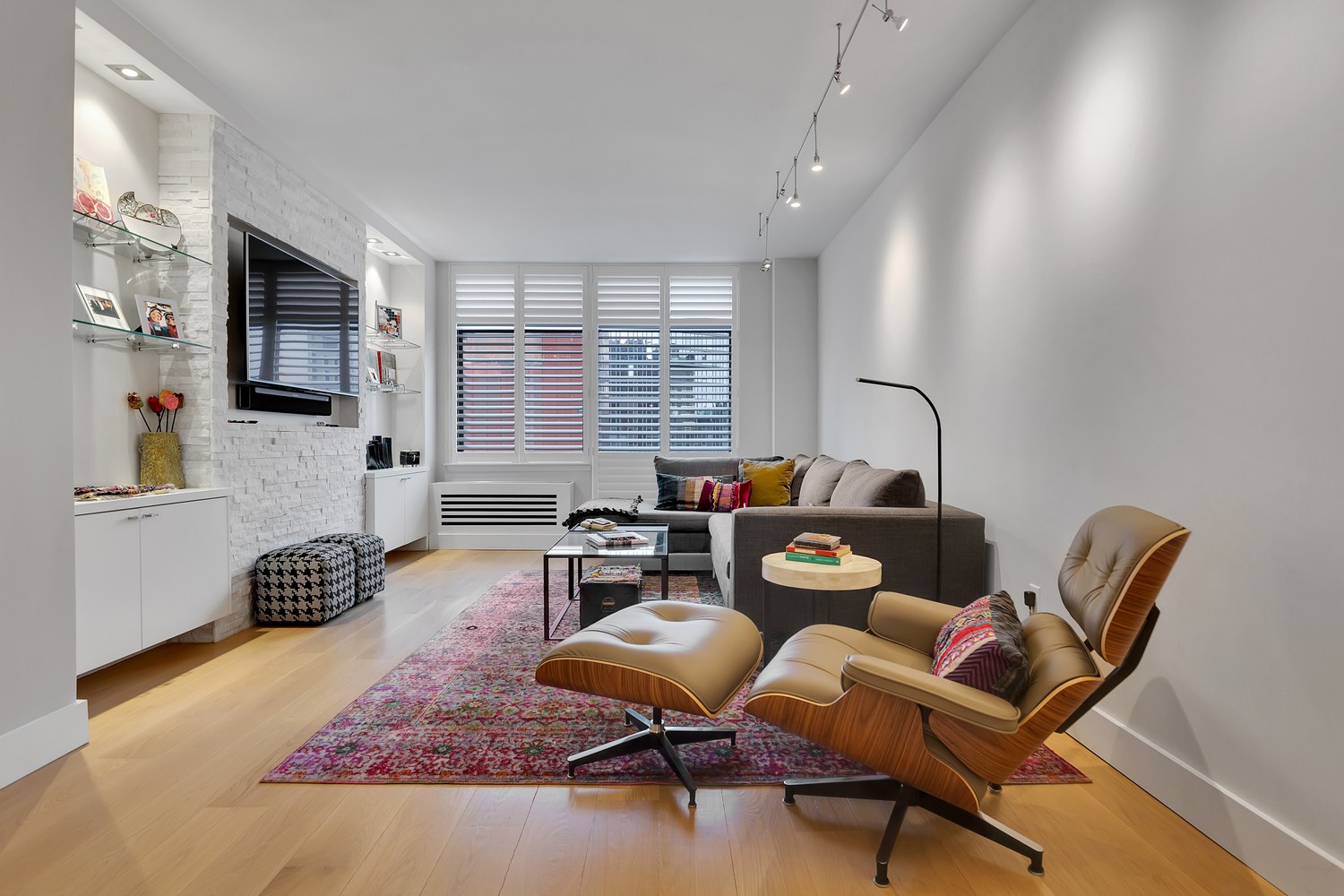
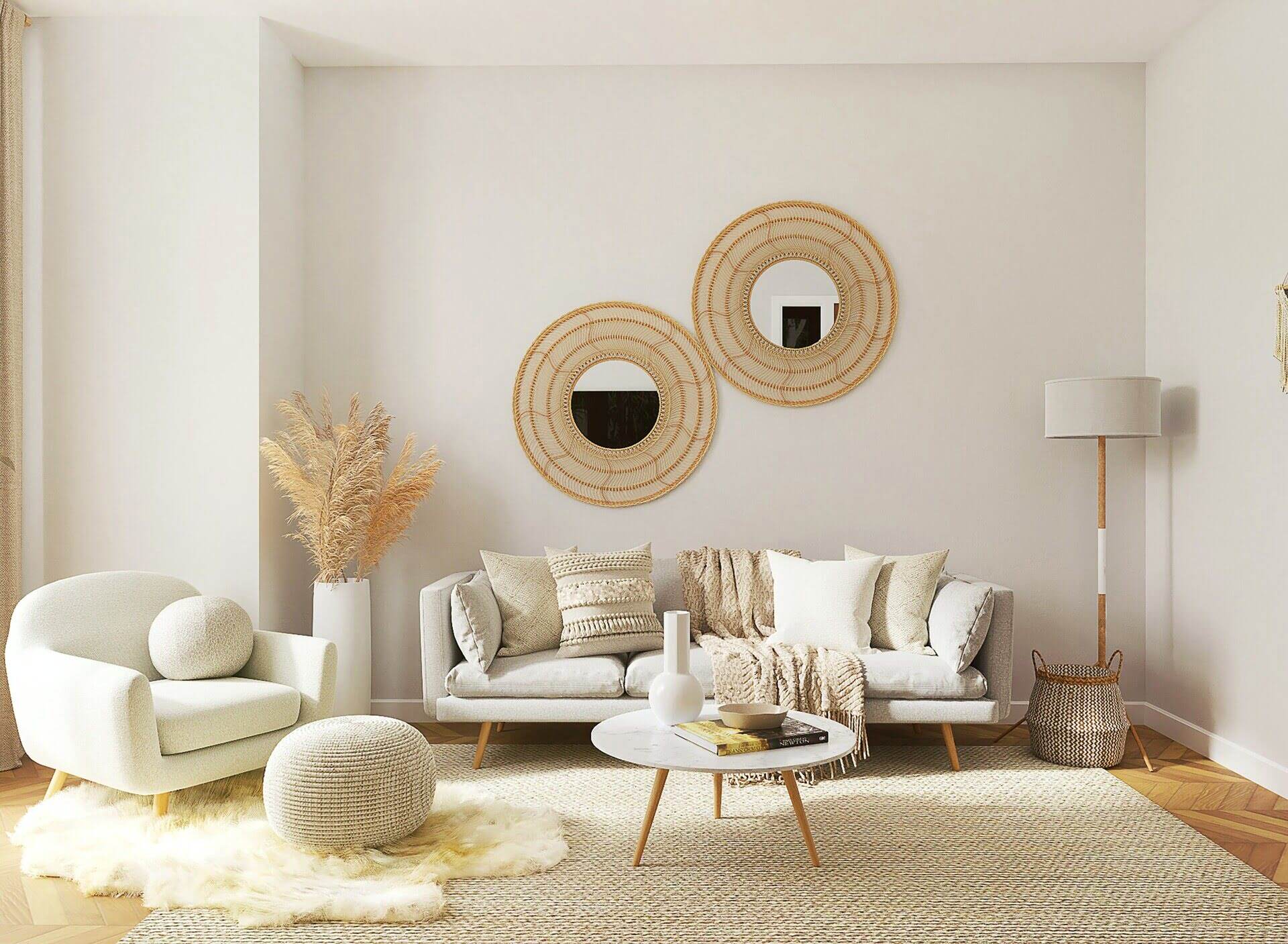

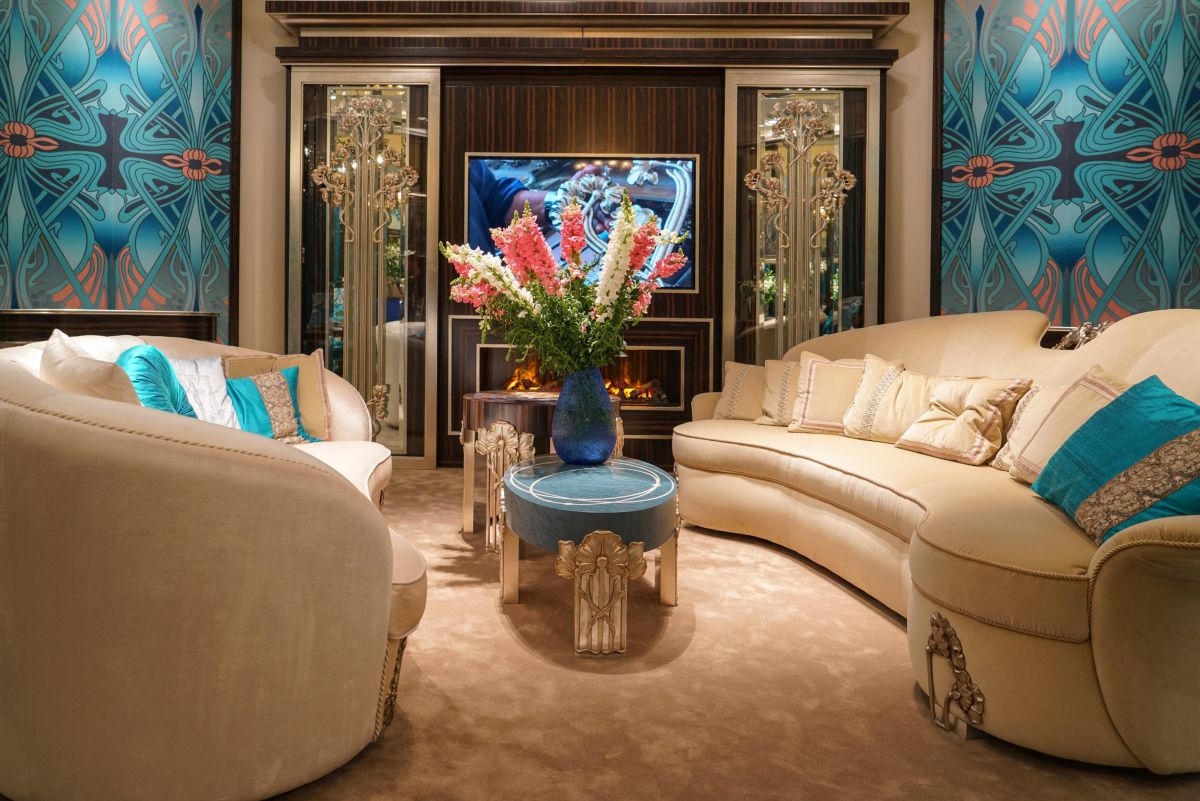
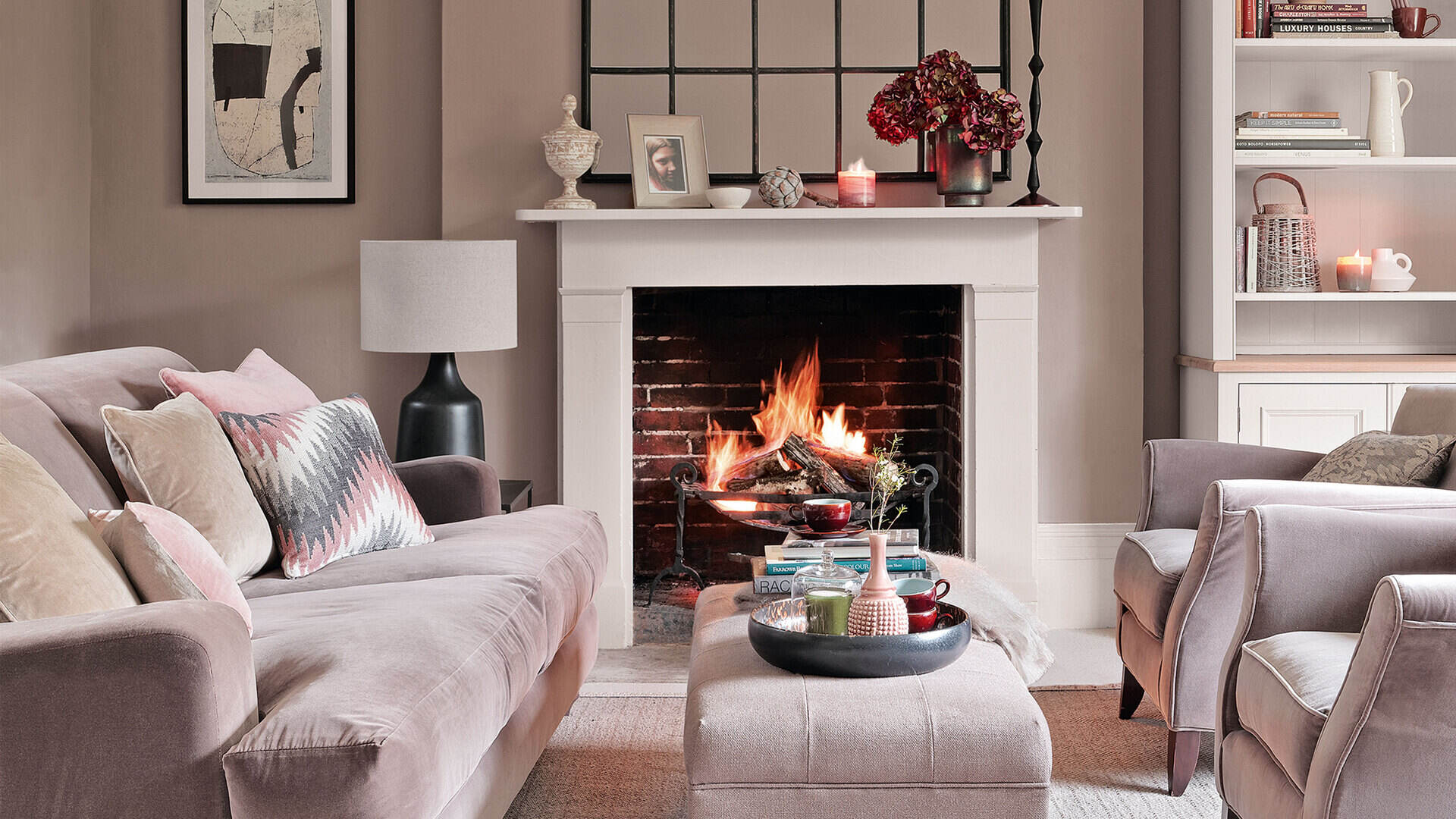
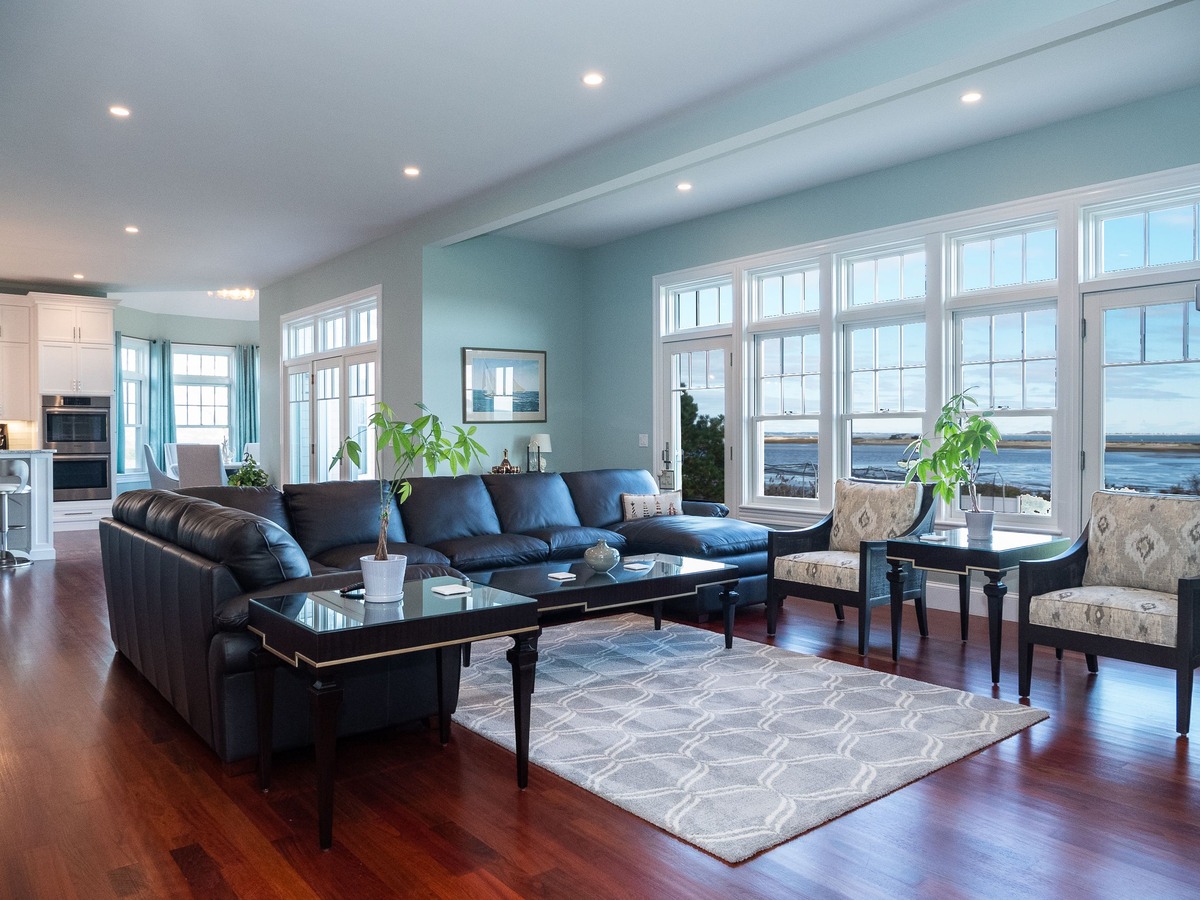
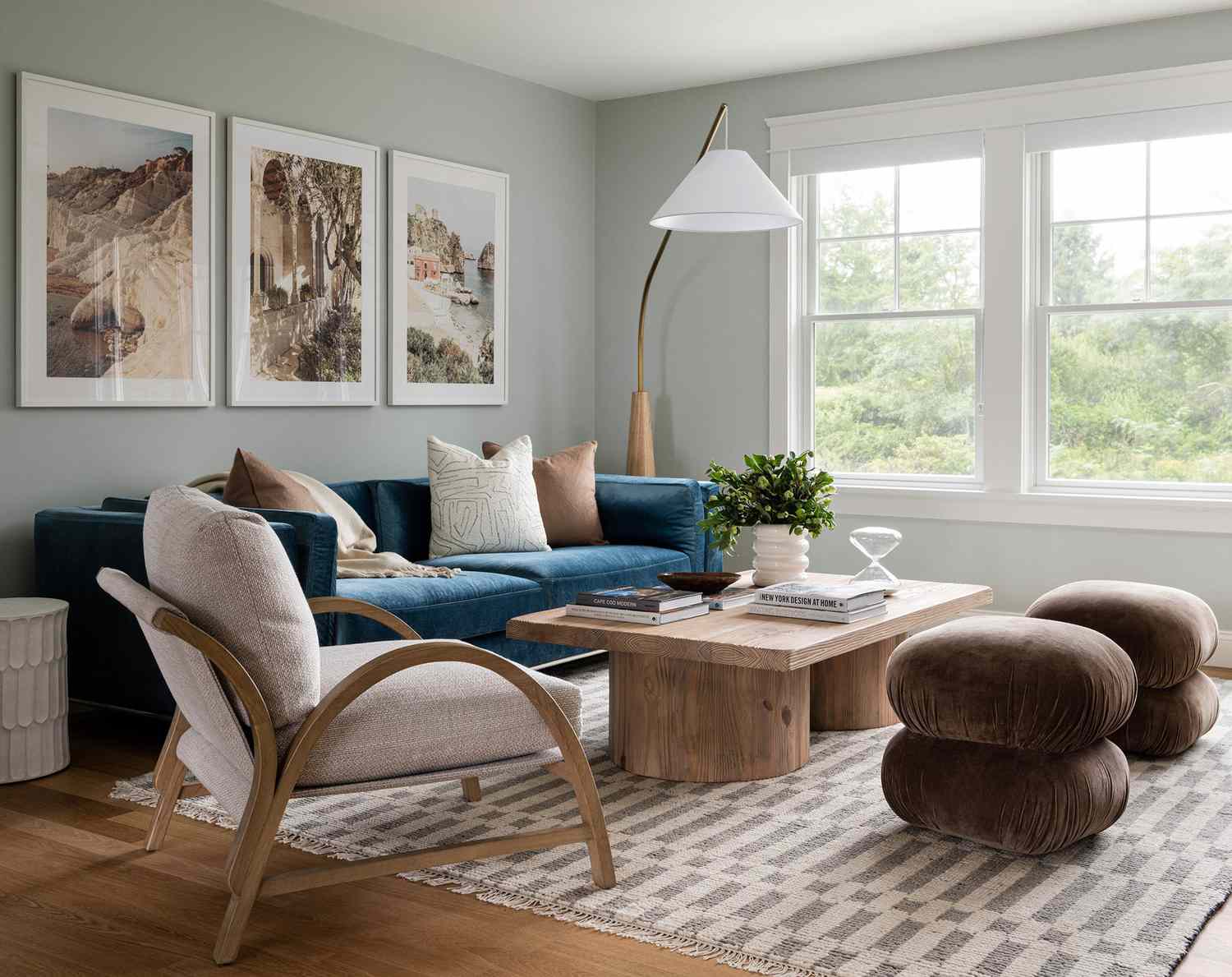
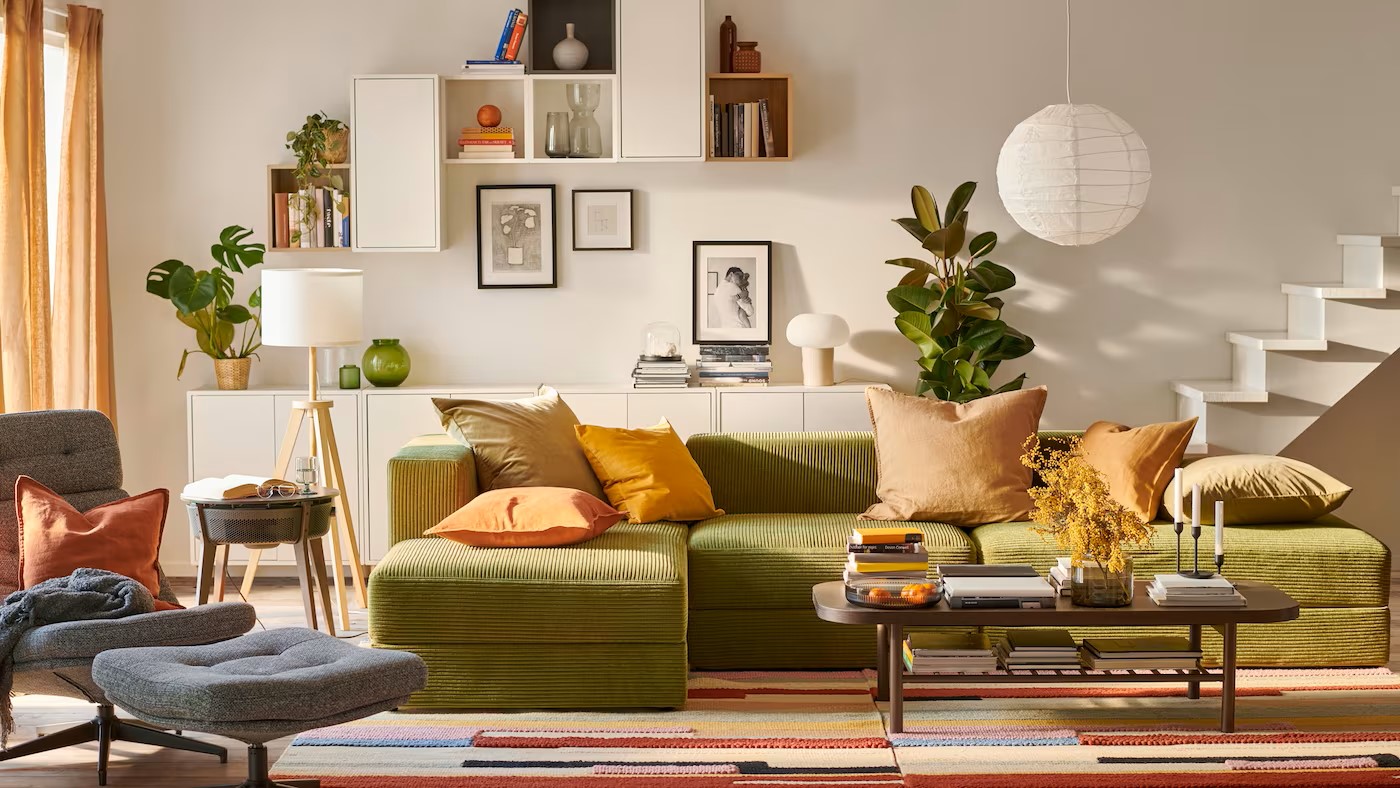
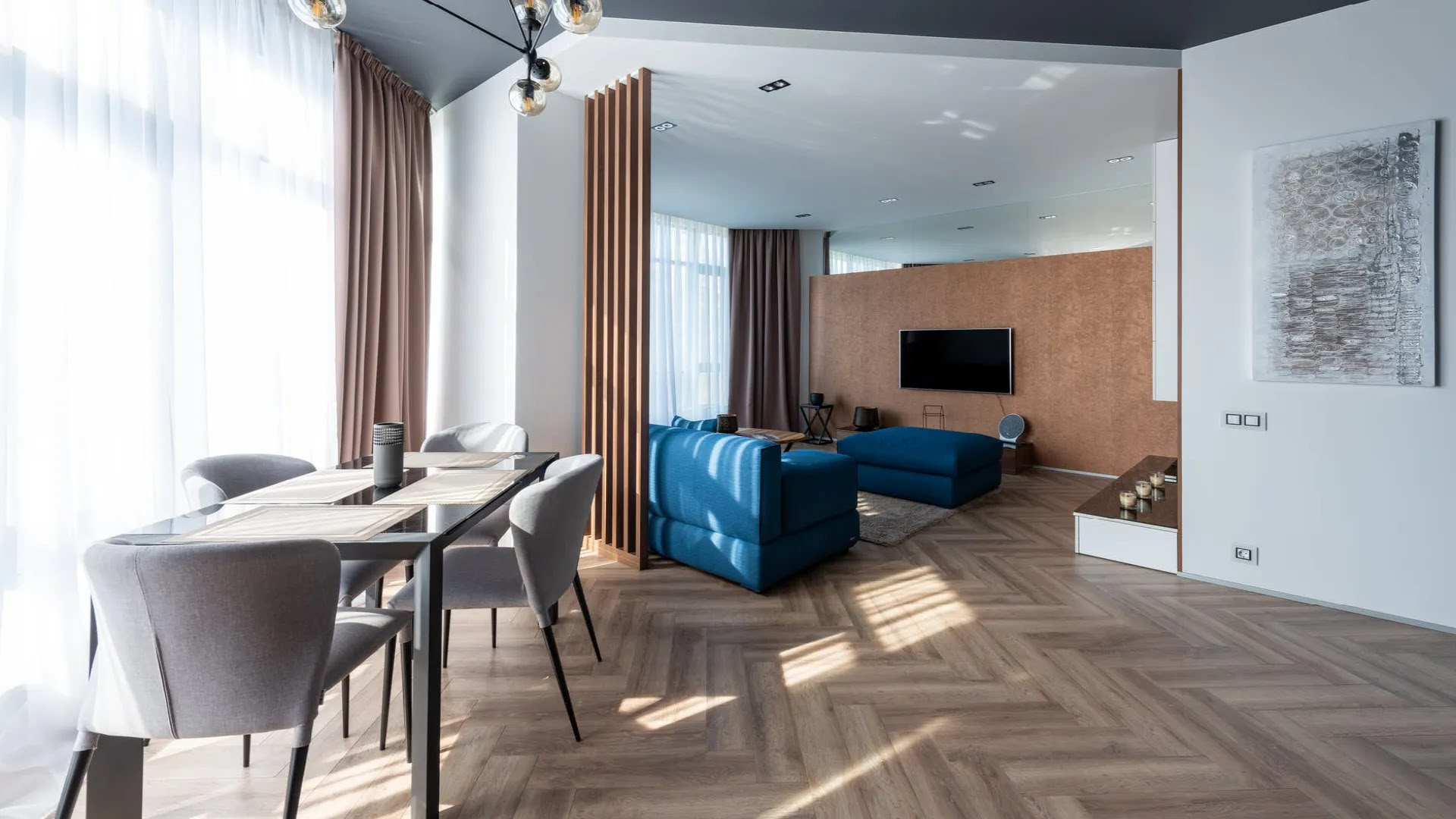
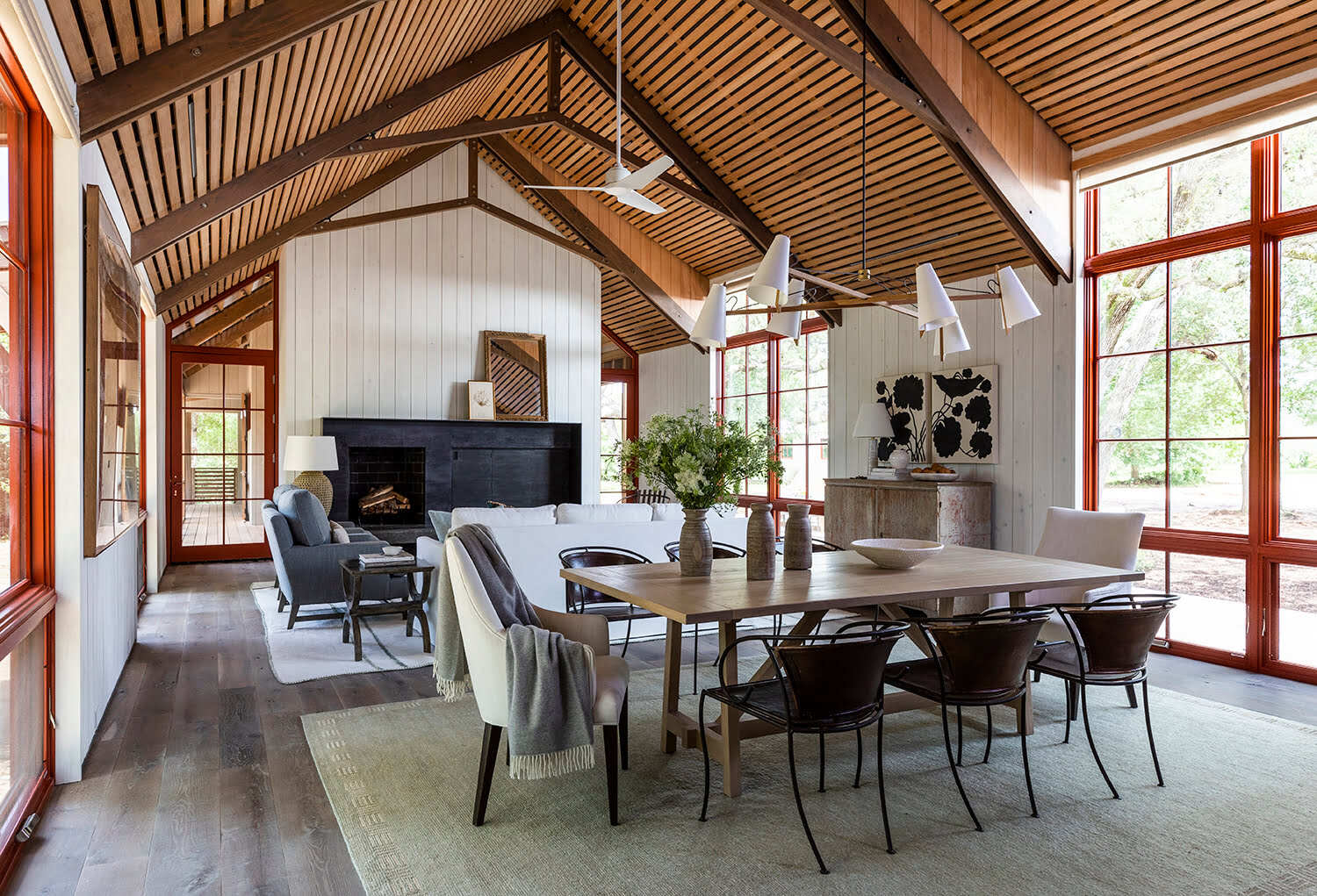
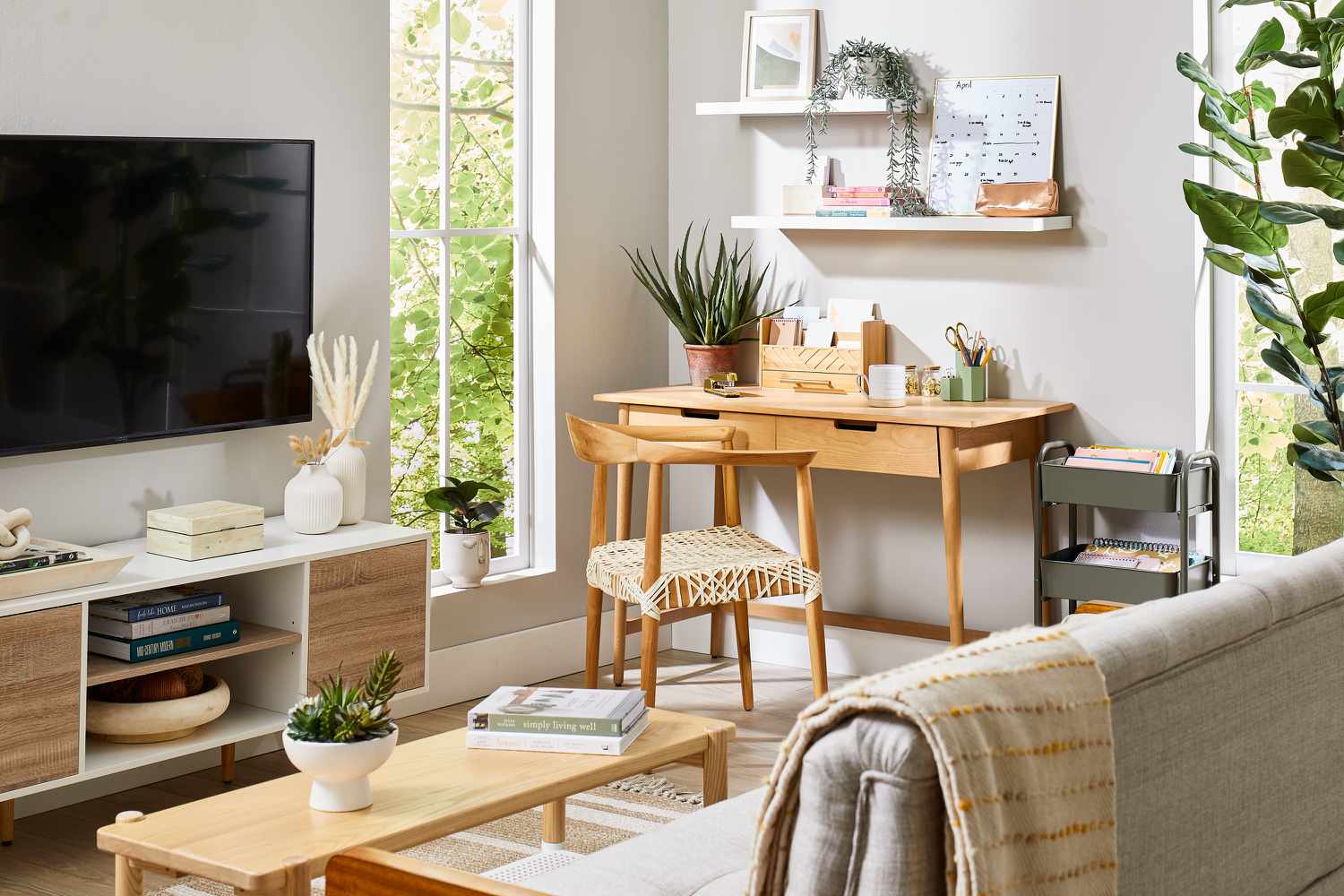
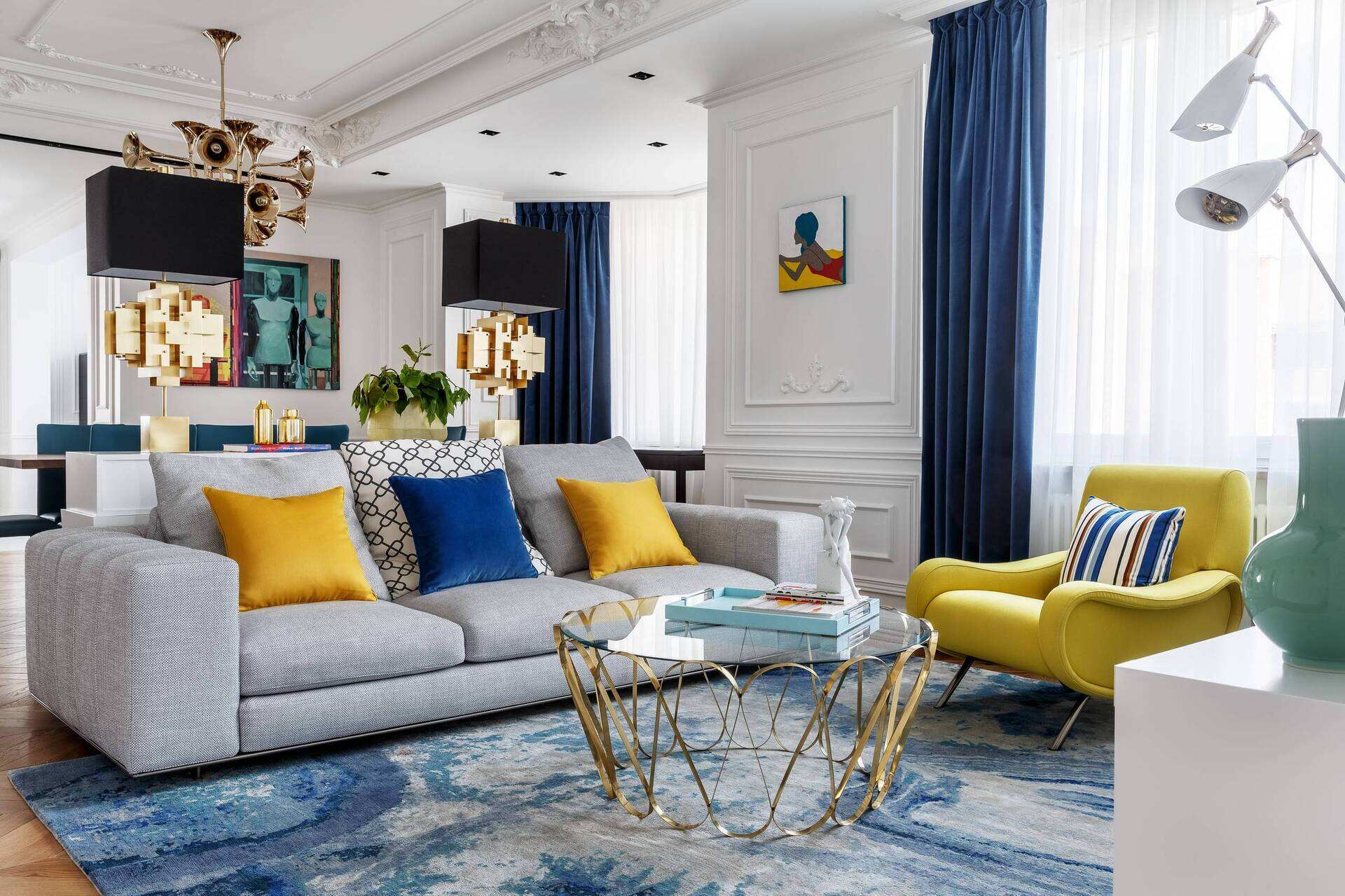
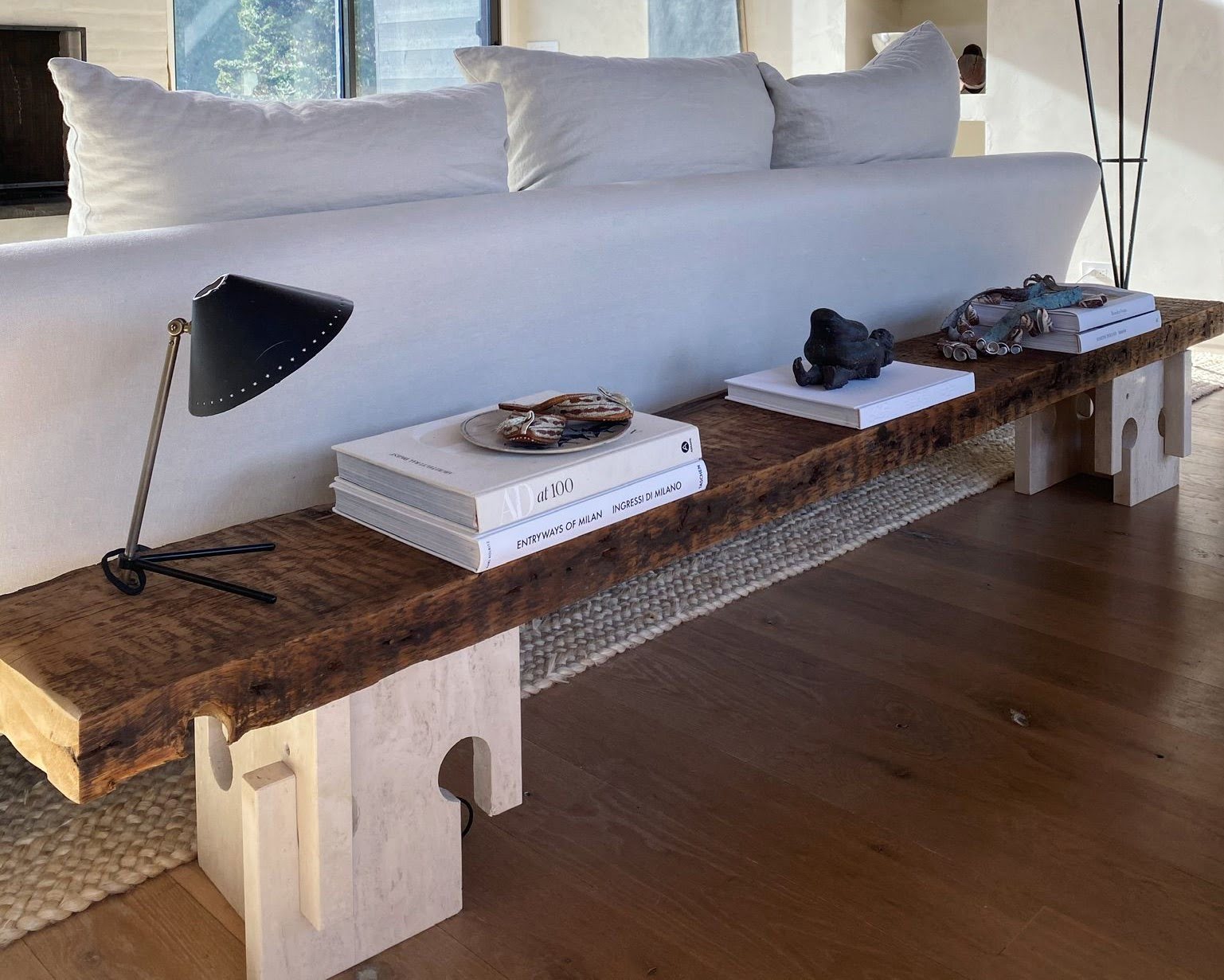

0 thoughts on “Living Room Trimwork Ideas”